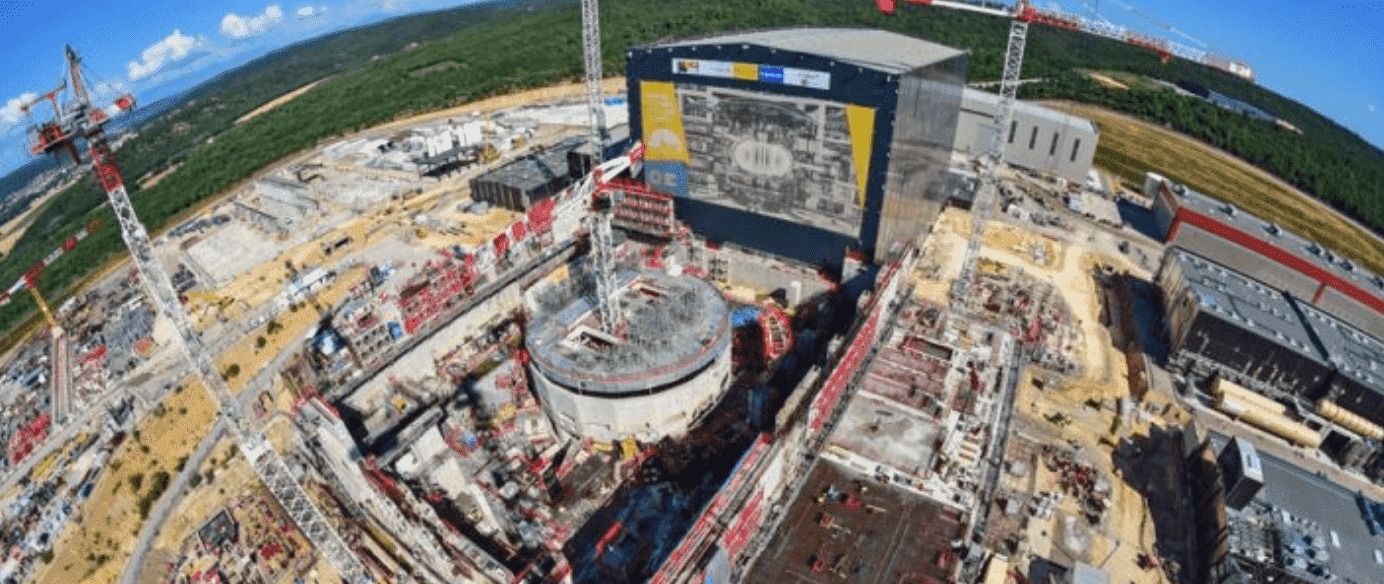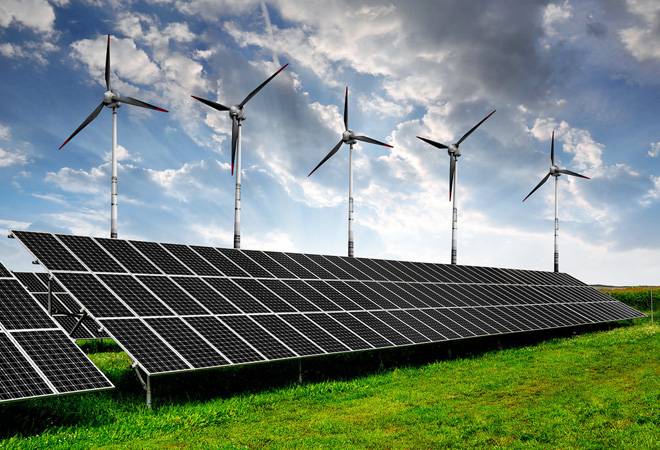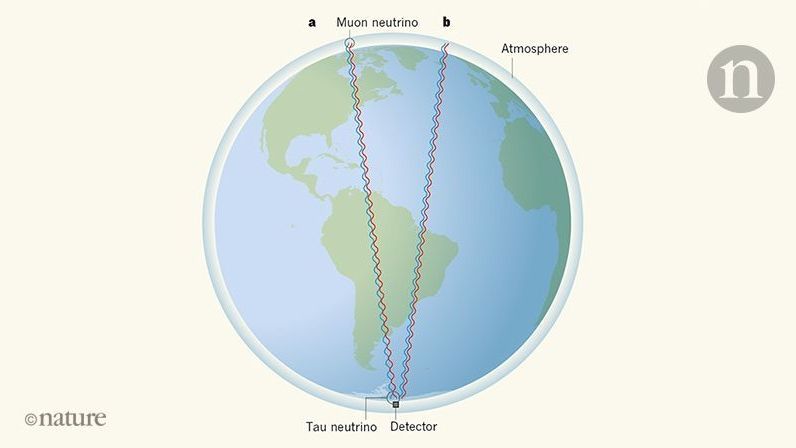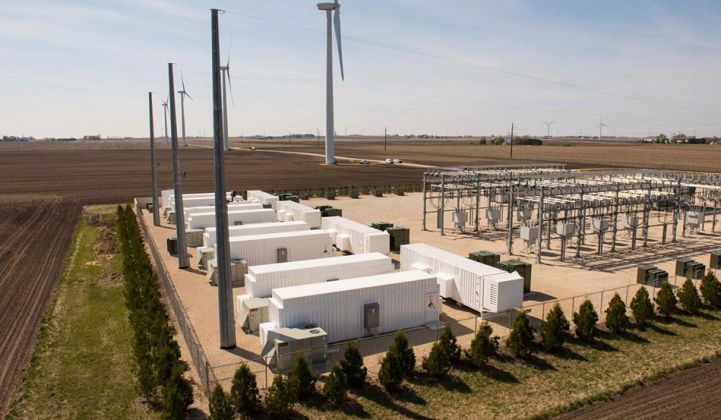New catalytic biohybrids can generate fuel from sunlight and might find use in green-energy applications.



For too long, presentations of science for the general public, and education in schools, has suggested that science wields a sort of hegemonic power, as if its terms and methods gradually replace and make redundant all other discourse; the only reason it has not yet completed its conquest is that the world is complicated—but it is only a matter of time…


In 2017, Nextbigfuture said that the ITER tokamak fusion project would cost $45–60 billion more than the claimed $22 billion construction budget and US Department of Energy (DOE) agrees with a far higher cost estimate. On April 11, 2018, Paul Dabbar, DOE undersecretary for science, provided a $65 billion estimate to the Senate Appropriations subcommittee on energy and water development. The $65 billion covers construction alone and annual operating costs once experimental operations begin in 2025 aren’t included.
The day after Dabbar’s testimony, the European Union Council of Ministers endorsed ITER’s nearly two-year-old baseline estimate, which covers construction from 2007 to full completion in 2035. Including a 10% contingency to account for overruns, ITER’s cost to EU members is €11.7 billion ($14.5 billion). As host, the EU is paying 46% of ITER’s cost, five times the share of each of the other six partners: China, India, Japan, Russia, South Korea, and the US.
The budget they talk about is 20 billion euros. This does not include the cost of the hardware only the bureaucratic management costs and the costs of assembly. The donated hardware is not included. The budget is only to get ITER to 2035.
The occurrence of geomagnetically induced currents (GICs) poses serious threats to modern technological infrastructure. Large GICs result from sharp variations of the geomagnetic field (dB∕dt) caused by changes of large-scale magnetospheric and ionospheric currents. Intense dB∕dt perturbations are known to occur often in high-latitude regions as a result of storm time substorms. Magnetospheric compressions usually caused by interplanetary shocks increase the magnetopause current leading to dB∕dt perturbations more evident in midlatitude to low-latitude regions, while they increase the equatorial electrojet current leading to dB∕dt perturbations in dayside equatorial regions. We investigate the effects of shock impact angles and speeds on the subsequent dB∕dt perturbations with a database of 547 shocks observed at the L1 point. By adopting the threshold of dB∕dt = 100 nT/min, identified as a risk factor to power systems, we find that dB∕dt generally surpasses this threshold when following impacts of high-speed and nearly frontal shocks in dayside high-latitude locations. The same trend occurs at lower latitudes and for all nightside events but with fewer high-risk events. Particularly, we found nine events in equatorial locations with dB∕dt 100 nT/min. All events were caused by high-speed and nearly frontal shock impacts and were observed by stations located around noon local time. These high-risk perturbations were caused by sudden strong and symmetric magnetospheric compressions, more effectively intensifying the equatorial electrojet current, leading to sharp dB∕dt perturbations. We suggest that these results may provide insights for GIC forecasting aiming at preventing degradation of power systems due to GICs.

NantEnergy says its zinc air battery system can deliver energy for $100 per kilowatt hour. By comparison, lithium ion batteries vary in price, but often range from $300 to $500 per kilowatt hour, according to the Energy Storage Association.
Zinc air batteries will replace lithium ion batteries due to the required 12 pounds of cobalt in car lithium ion batteries. Cobalt supplies is estimated to run out by 2025.
Remote villages in Africa and Asia are receiving electricity using a little-known type of technology: zinc-air batteries.
California-based NantEnergy said Wednesday it has created a rechargeable zinc-air battery storage system that can provide power at a lower cost than lithium-ion batteries.
The technology has been deployed in more than 110 villages serving 200,000 people who have no other access to electricity in their communities, said NantEnergy chairman Patrick Soon-Shiong.

One of the biggest drawbacks of electric vehicles – that they require hours and hours to charge – could be obliterated by new type of liquid battery that is roughly ten times more energy-dense than existing models, according to Professor Lee Cronin, the Regius Chair of Chemistry at the University of Glasgow, UK.
What’s so special about this liquid, or flow, battery?
“A normal electric vehicle has a solid battery, and when that runs out of charge you have to recharge it by plugging it in to a power socket. This takes half an hour or so if you find a rapid charger at a motorway service station, or up to 12 hours at home. Our battery, however, is made of a liquid rather than a solid. If you run out of charge, you could in principle pump out the depleted liquid and – like a regular petrol or diesel vehicle – refill it with liquid that is ready-charged. And that would take minutes.”

Technology advancements and cost reductions have driven wind power down to 2 cents per kwh. This is from the annual report released by the U.S. Department of Energy and prepared by Lawrence Berkeley National Laboratory (Berkeley Lab).


Rory McCarthy, senior storage analyst for Wood Mackenzie Power & Renewables, illustrated for attendees how the business case for using renewables in place of natural gas is becoming more compelling following declines in solar and wind costs.
That business case is also improving as a result of massive increases in battery storage, where the U.S. leads the world in terms of operational and planned capacity.
Today, storage capacity amounts to around 6 gigawatt-hours worldwide, but Wood Mackenzie predicts a more than tenfold increase, to at least 65 gigawatt-hours, by 2022. The U.S. will continue to lead this build-out, thanks to its more mature market.